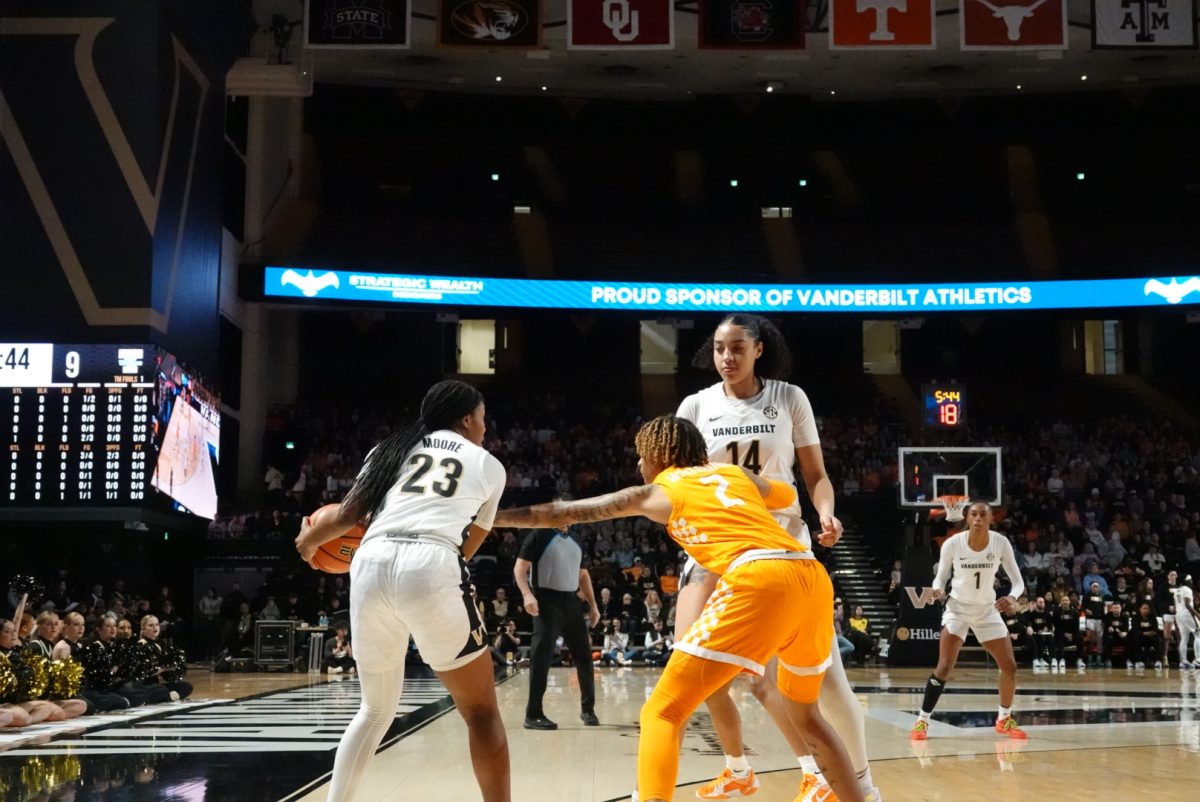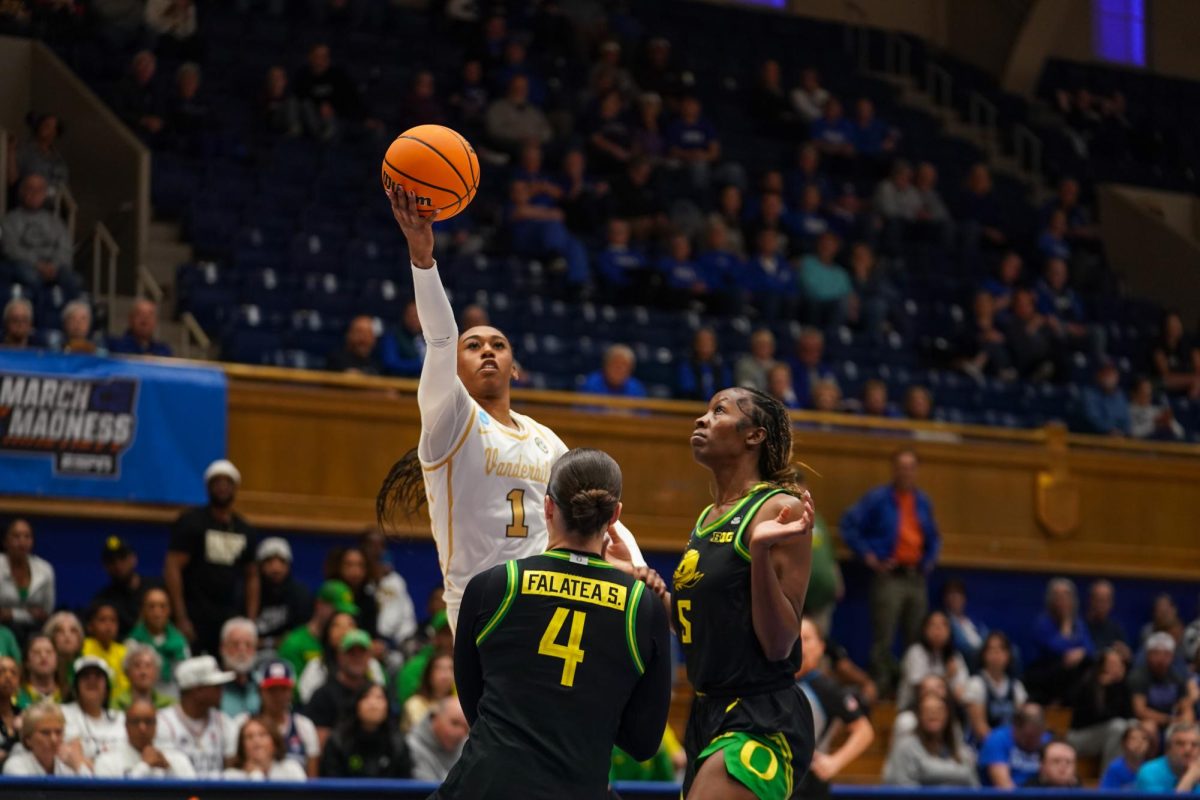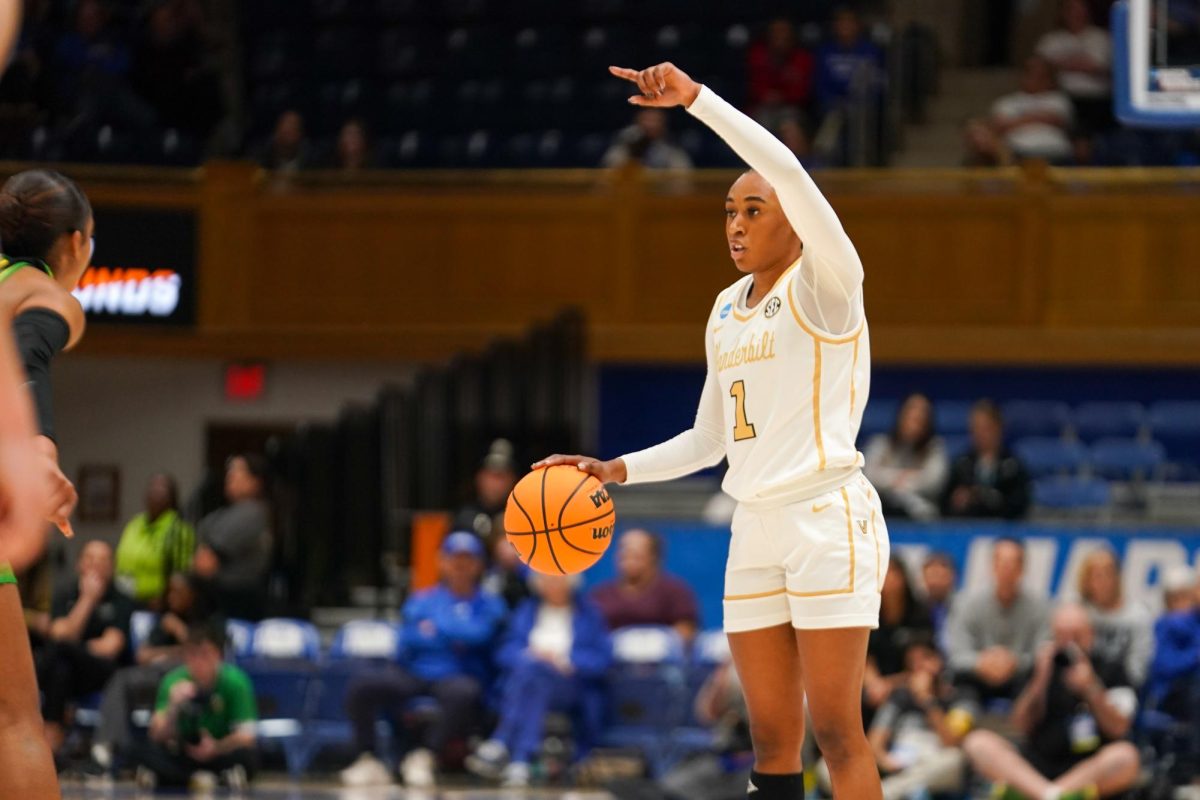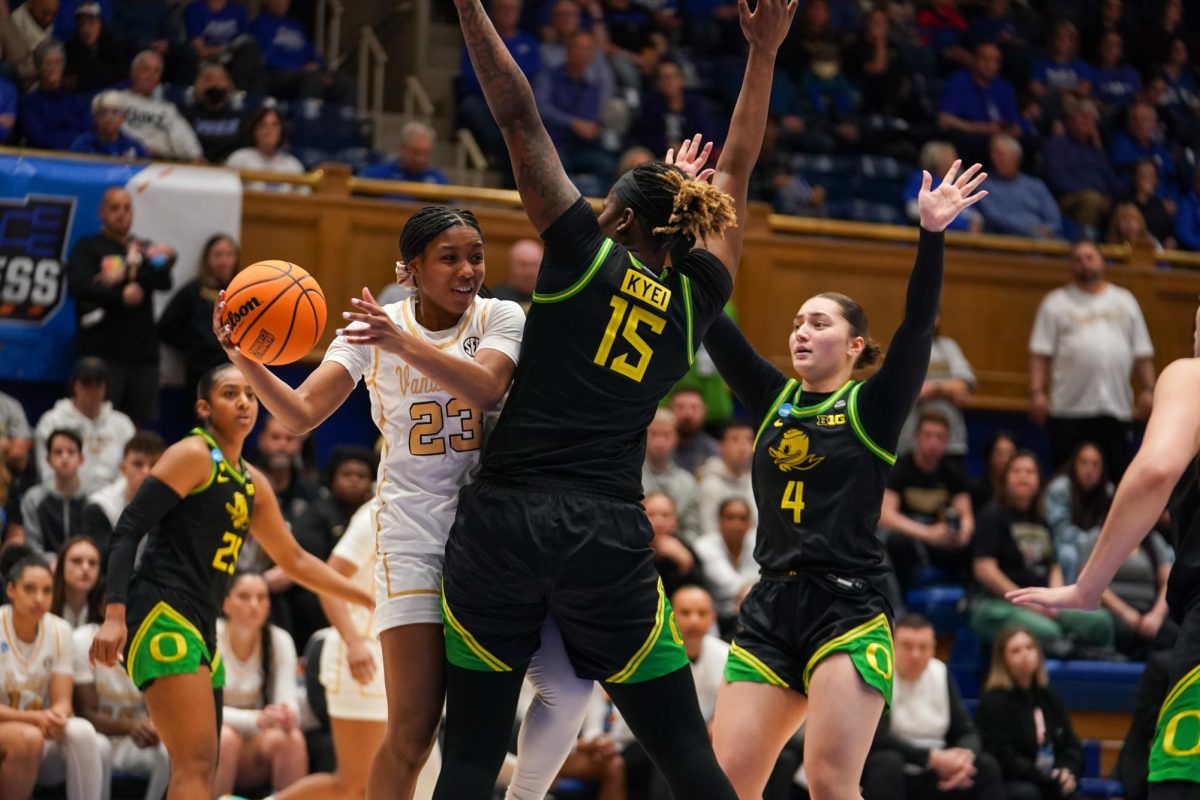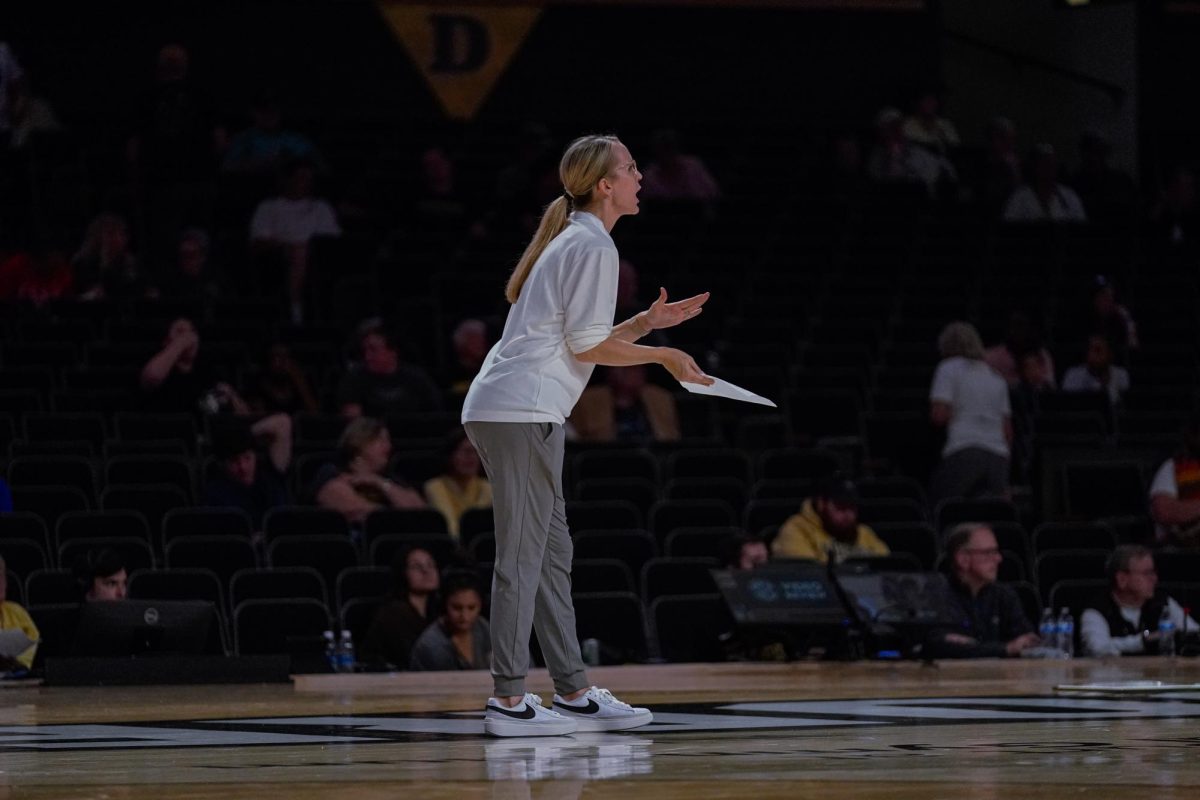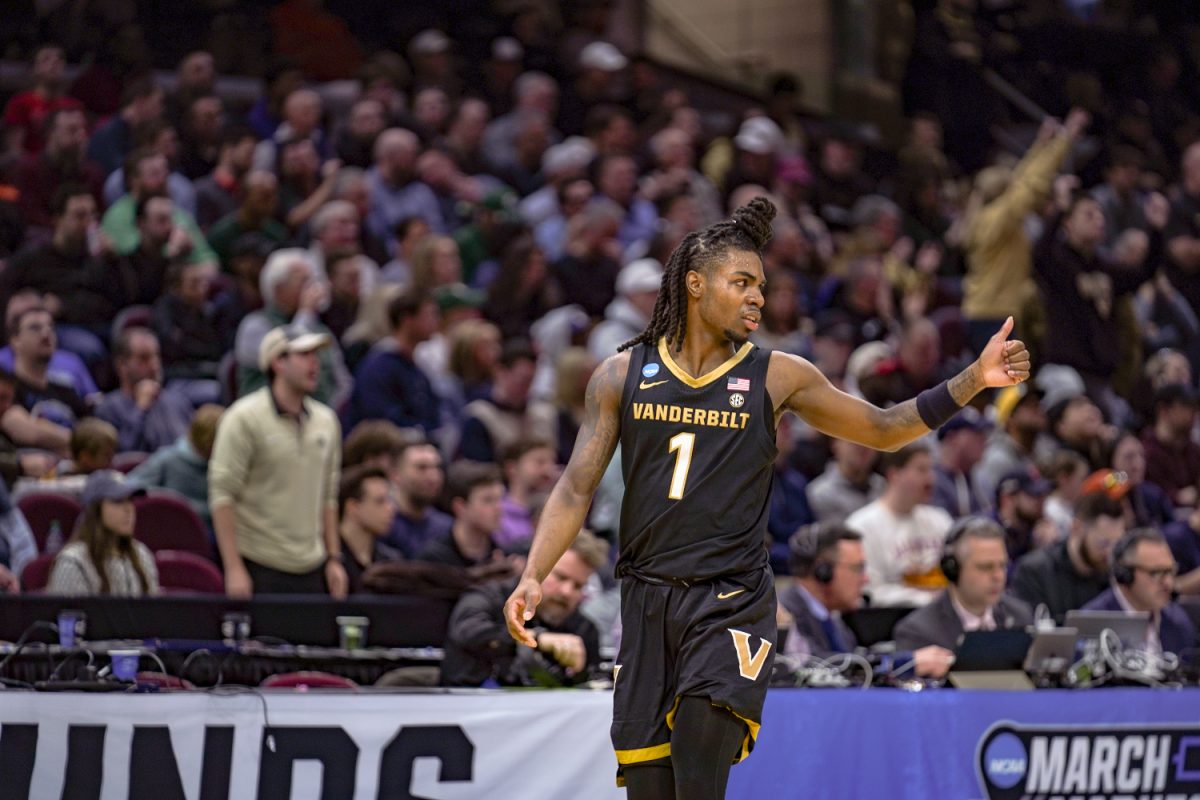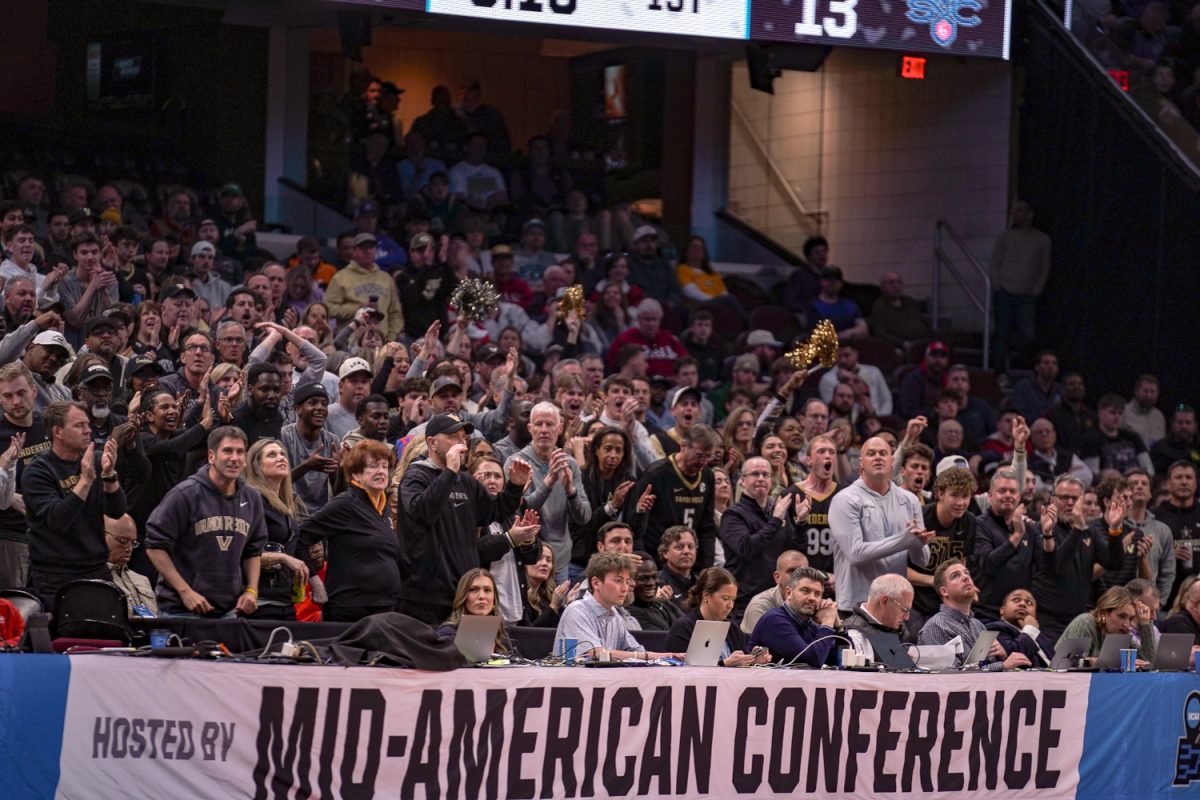Vanderbilt Women’s Basketball will look to improve its NCAA Tournament standing at the SEC Tournament in Greenville, South Carolina, this week. The Commodores will take on No. 18 Tennessee for the second time this season, as they look to recreate their previous thrilling 71-70 victory over the Lady Volunteers.
Vanderbilt finished its regular season with back-to-back wins over Texas A&M and Missouri, and with a little bit of help from Tennessee’s loss to Georgia, ended up as the No. 8 seed in the SEC Tournament. This earned the team a bye and pitted them against the winner of the No. 16 versus No. 9 game between Texas A&M and the Lady Volunteers. Tennessee thrashed the Aggies, 77-37, in their March 5 matchup.
The Black and Gold, projected as a No. 8 seed in ESPN’s latest Bracketology, are essentially a lock for the NCAA Tournament and don’t need to make any noise in Greenville. The Commodores are poised for their first direct berth into the Big Dance — and not the First Four — since the 2013-14 season.
That said, an extra win or two in the SEC Tournament would go a long way toward the Commodores avoiding a potential matchup with a No. 1 seed in the second round of March Madness.
Vanderbilt barely escaped the Lady Volunteers on Jan. 19, and that was in its comfort zone in Nashville. Now, it’ll face the challenge of playing the Volunteers on a neutral court. That neutral court is sure to be full of travelling Knoxvillians, too, seeing as it’s just a three-hour drive from the University of Tennessee to Greenville.
What does Vanderbilt need to do to win this game? While the obvious answer may be to feed SEC Freshman of the Year Mikayla Blakes and superstar Khamil Pierre, the Commodores’ keys to success this season have been so much more than just that.
Need Moore
Vanderbilt has Blakes and Pierre, the SEC’s leading scoring duo (44.1 points per game), but hasn’t gotten a ton of scoring contributions outside of those two. In fact, only one other player on the team (Iyana Moore, 12.1) averages more than 7.4 points per contest. Some of the Commodores’ best performances all season have come when tertiary scorers have stepped up.
That applies to Moore, specifically. When the senior guard scores more than 15 points in an SEC game, the Commodores are 5-2. They are 3-6 in games where she fails to reach that threshold, and her production in those contests sits at just 7 points per game. Vanderbilt is a significantly better offensive team when Moore is knocking down her shots. If Pierre or Blakes has a rare off night, and Moore isn’t connecting either, then Vanderbilt can say goodbye to any chance of winning this game. For Vanderbilt to compete with the best teams in the conference — and the nation — it needs all three of its leading scorers to step up.
Pressing problems
Vanderbilt has been one of the most up-and-down defensive teams in the SEC this year, allowing 68.1 points per game, which ranks 11th in the SEC. One of the reasons for this inconsistency is the patented press that head coach Shea Ralph runs. This press worked brilliantly in the nonconference schedule and even found success against some of the worst teams in the SEC, but it got completely exposed by many of the league’s top teams.
No. 10 Oklahoma, No. 12 Kentucky, Mississippi State, Ole Miss, No. 1 Texas, No. 5 South Carolina, No. 9 LSU, Florida, Georgia and even Auburn all exceeded 81 points in their games against Vanderbilt.
The team’s four best defensive performances came against Arkansas (60 points), Texas A&M (58), Missouri (59) and Alabama (64). While the performance against the Crimson Tide was encouraging, it also happened on Jan. 26, and Vanderbilt has been bested defensively far too many times since then.
The Commodores are 2-6 against teams currently ranked in the AP Poll and 19-3 against teams not ranked, and a lot of that is due to their defensive struggles. It’s becoming very clear that the Commodores excel against weaker competition but often struggle to play up to the best of the best. Tomorrow’s game represents Vanderbilt’s chance to flip that narrative going into its biggest games of the season.
Davids and Goliaths
As good as Pierre has been, it’s becoming clearer and clearer as the season goes on that she isn’t a “true” SEC center. She checks in at just 6’2, which is closer to the size of a four, and her play style isn’t particularly indicative of a center, either.
She’s becoming more and more comfortable at and around the perimeter and has started to take 3-pointers — 10 attempts in her last 7 games as compared to just 2 attempts in her first 12 — as well as a bevy of deep 2-pointers.
While her ongoing development as a stretch-four is encouraging for her future prospects of playing alongside Sacha Washington and other bigs, it doesn’t help solve Vanderbilt’s defensive rebounding issues right now. She’s been formidable, averaging 9.6 boards per game (second in the SEC), but no other player over 6-foot on Vanderbilt’s roster averages more than 3 rebounds per game. The Black and Gold’s second leading rebounder, Jordyn Oliver, is just 5’11 and hasn’t stood a chance against the SEC power forwards she has been faced with.
Vanderbilt’s 12.8 offensive rebounds allowed per game ranks 15th in the conference, and Bart Torvik has it ranked at 322nd out of 362 in offensive rebound percentage allowed.
How Vanderbilt addresses this issue, along with its lack of tertiary scoring and defensive breakdowns against elite competition, will define its performance in the SEC Tournament and beyond.
The Commodores will return to action on March 6 at 10 a.m. CST when they take on the Volunteers at the Bon Secours Arena in Greenville, South Carolina.

